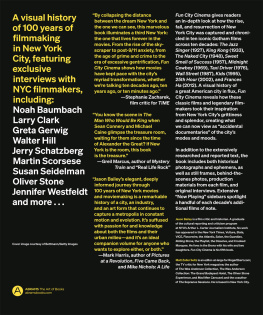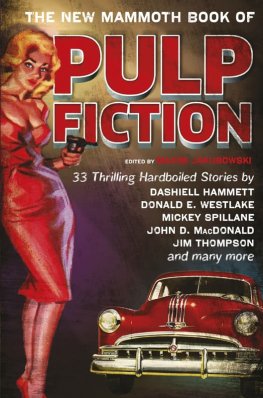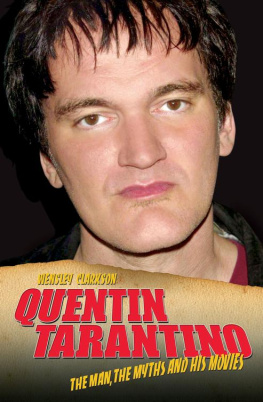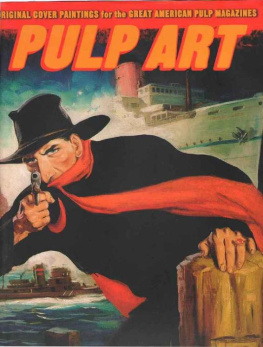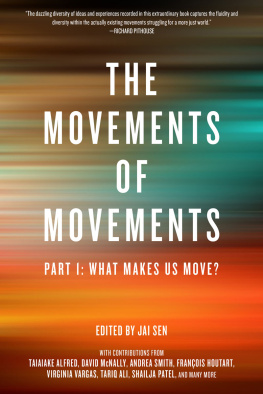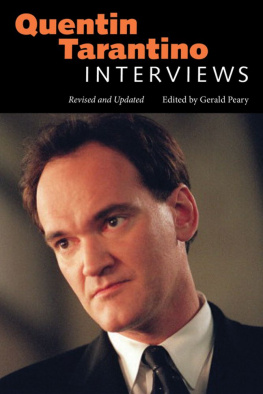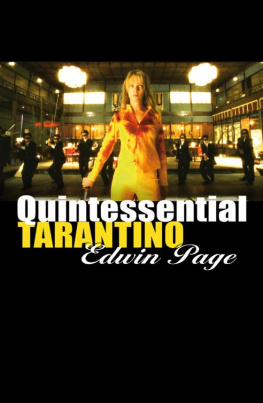Jason Bailey - Pulp Fiction: The Complete Story of Quentin Tarantinos Masterpiece
Here you can read online Jason Bailey - Pulp Fiction: The Complete Story of Quentin Tarantinos Masterpiece full text of the book (entire story) in english for free. Download pdf and epub, get meaning, cover and reviews about this ebook. year: 2013, publisher: Voyageur Press, genre: Non-fiction. Description of the work, (preface) as well as reviews are available. Best literature library LitArk.com created for fans of good reading and offers a wide selection of genres:
Romance novel
Science fiction
Adventure
Detective
Science
History
Home and family
Prose
Art
Politics
Computer
Non-fiction
Religion
Business
Children
Humor
Choose a favorite category and find really read worthwhile books. Enjoy immersion in the world of imagination, feel the emotions of the characters or learn something new for yourself, make an fascinating discovery.

- Book:Pulp Fiction: The Complete Story of Quentin Tarantinos Masterpiece
- Author:
- Publisher:Voyageur Press
- Genre:
- Year:2013
- Rating:5 / 5
- Favourites:Add to favourites
- Your mark:
Pulp Fiction: The Complete Story of Quentin Tarantinos Masterpiece: summary, description and annotation
We offer to read an annotation, description, summary or preface (depends on what the author of the book "Pulp Fiction: The Complete Story of Quentin Tarantinos Masterpiece" wrote himself). If you haven't found the necessary information about the book — write in the comments, we will try to find it.
When Pulp Fiction was released in theaters in 1994, it was immediately hailed as a masterpiece. The New York Times called it a triumphant, cleverly disorienting journey, and thirty-one-year-old Quentin Tarantino, with just three feature films to his name, became a sensation: the next great American director.
Nearly twenty years later, those who proclaimed Pulp Fiction an instant classic have been proven irrefutably right. In Pulp Fiction: The Complete Story of Quentin Tarantinos Masterpiece, film expert Jason Bailey explores why Pulp Fiction is such a brilliant and influential film. He discusses how the movie was revolutionary in its use of dialogue (You can get a steak here, daddy-o, Correct-amundo), time structure, and cinematographyand how it completely transformed the industry and artistry of independent cinema. He examines Tarantinos influences, illuminates the films pop culture references, and describes its phenomenal legacy. Unforgettable characters like Jules Winnfield (Samuel L. Jackson), Vincent Vega (John Travolta), Butch Coolidge (Bruce Willis), and Mia Wallace (Uma Thurman) are scrutinized from all-new angles, and memorable scenesChristopher Walkens gold watch monologue, Vinces explanation of French cuisineare analyzed and celebrated.
Much like the contents of Marcellus Wallaces briefcase, Pulp Fiction is mysterious and spectacular. This book explains why. Illustrated throughout with original art inspired by the film, with sidebars and special features on everything from casting close calls to deleted scenes, this is the most comprehensive, in-depth book on Pulp Fiction ever published.
Jason Bailey: author's other books
Who wrote Pulp Fiction: The Complete Story of Quentin Tarantinos Masterpiece? Find out the surname, the name of the author of the book and a list of all author's works by series.

